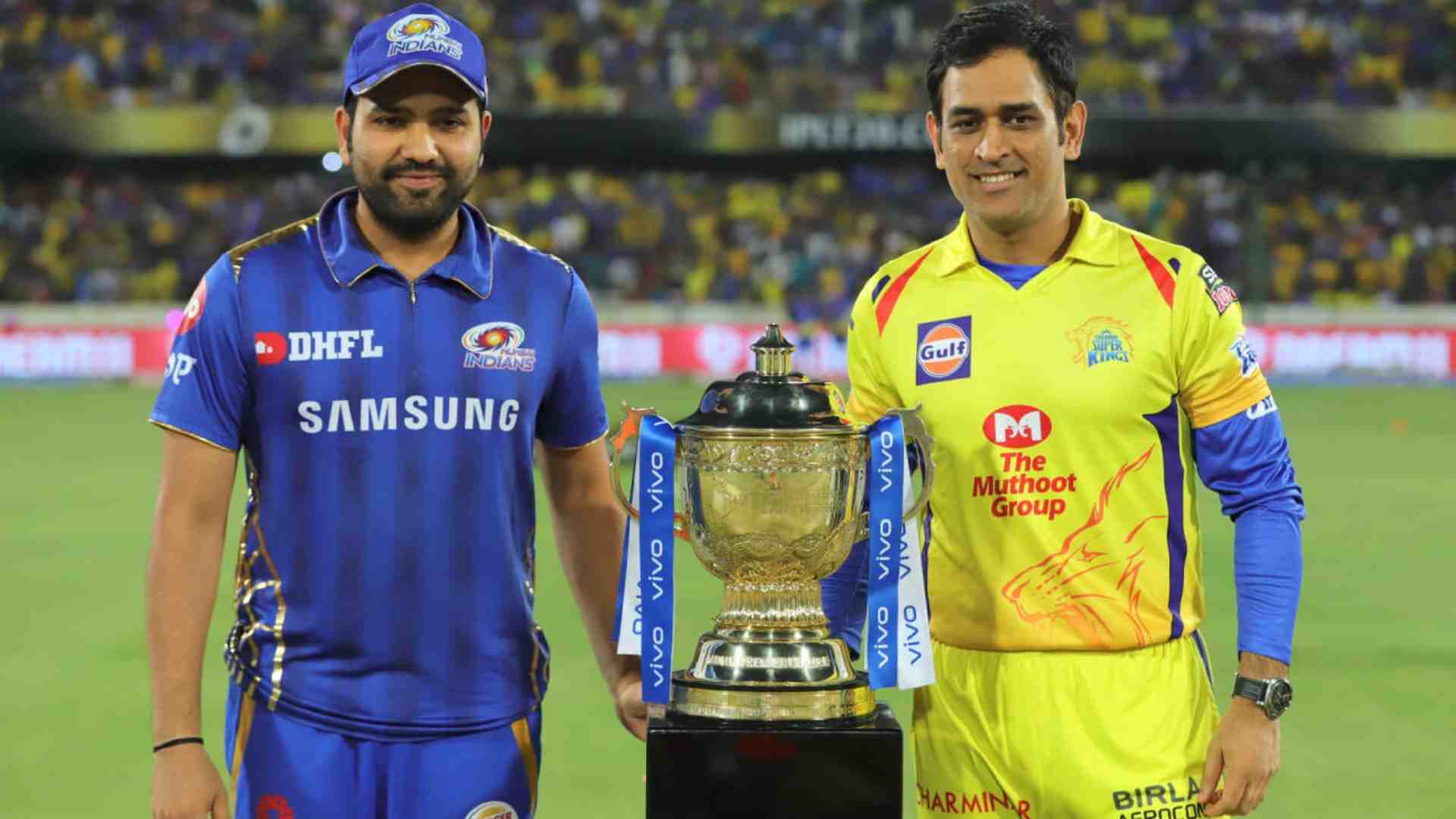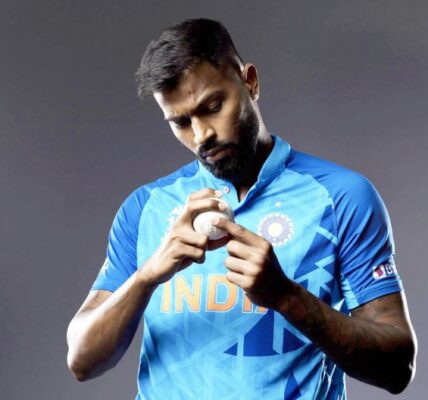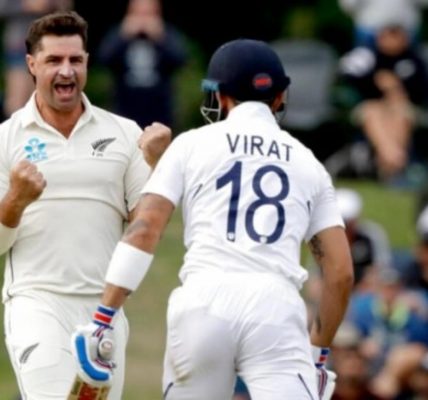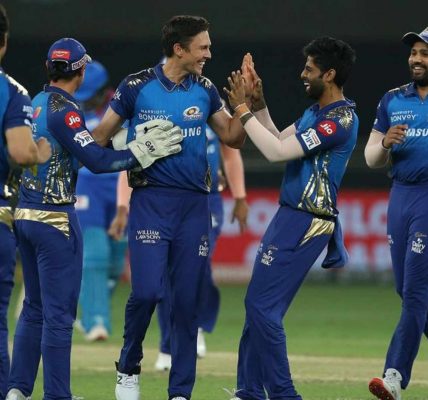
The art and science of cricket have changed. The growth of T20 cricket has been spectacular, to say the least. The cricketing landscape has been significantly altered with the steady growth of this version of the game, capable of fitting perfectly into the prime time television slot. The increasing popularity of the shortest format further led to the growth of domestic T20 leagues around the world like the Indian Premier League (IPL).
This has directly resulted in an increase in opportunities available to talented cricketers, as franchises look to sign the next big superstar. Several established cricketers like Hardik Pandya, Jasprit Bumrah have benefited due to this.
The Pandya brothers are reaping the rewards of the sacrifices their parents made.
A courageous father, an emotional mother and a respected coach tell us more about @krunalpandya24, @hardikpandya7 and their amazing journey.#CricketMeriJaan #MumbaiIndians pic.twitter.com/VM0X1yxww0
— Mumbai Indians (@mipaltan) May 14, 2018
However, the traditionalists have questioned the impact of domestic T20 leagues like the IPL on the overall quality of cricketers.
Impact of IPL on skills of cricketers
It’s time to consider this and evaluate whether this is indeed reasonable. The IPL provides upcoming cricketers with an opportunity to share the dressing room with some of the best in the game, and develop their skills under the finest coaches.
Team India international Jasprit Bumrah described the opportunity to learn under his ‘hero’ Zaheer Khan while representing the Mumbai Indians, as a major influence on his international career.
At the same time, several cricketers who made their presence felt in the IPL with entertaining knocks, failed to deliver the same impact in Test cricket and at the international level. This has been blamed on their lack of exposure to testing conditions and tough pitches, which the longest format exposes one to.
Gone are the days when the Indian batting lineup battled it out till the last ball of the day’s play, with the desire to ensure a high price on the wicket. Team India fans will surely look back fondly to the early days when Sunil Gavaskar battled it out against the mighty challenge posed by quality pacers like Ian Botham, who held great pride in their ability to bounce the opposition out at a fearsome pace.
Who can forget the memorable contest between India and Australia in Kolkata, 2001 where Rahul Dravid and VVS Laxman stitched a match-winning partnership rescuing India following an embarrassing follow-on, against a pace attack consisting of the likes of Brett Lee and Glenn McGrath.
Sadly, such performances can only be looked back upon with regret and nostalgia after the popularity of the IPL. The league has spelt doom for India in the Test format, with the batsmen eager to score runs at a brisk pace without considering the scenario.
Negative impact on Test cricket
Batsmen who are used to friendly, half-baked pitches at home are struggling to juggle the pace and bounce which is available on overseas pitches, as evident from the whitewash in the recently concluded two-match Test series against the Black Caps.
The Indian batting lineup folded like a pack of nine-pins against the New Zealand pace bowling attack, consisting of the likes of Kyle Jamieson, Trent Boult and Tim Southee.
There is no motivation for the youngsters to curb their attacking instincts and develop a defensive attitude, solid technique after considering the massive amount which a player stands to earn by simply smashing the ball out of the ground on friendly, doctored pitches. Players who are used to bowling just four overs during a game similarly find it difficult to adapt to the rigours of Test cricket, against a tough opposition. A fine balance clearly needs to be struck for the good of Indian Test cricket.
The impact of the IPL on the overall skills of cricketers is certainly up for debate at this stage, considering the positive and negative repercussions. However, with rapid development in technology and coaching techniques, there is no doubt that calculated measures can help in bridging the gap.
Written By: Marcelino Da Silva





